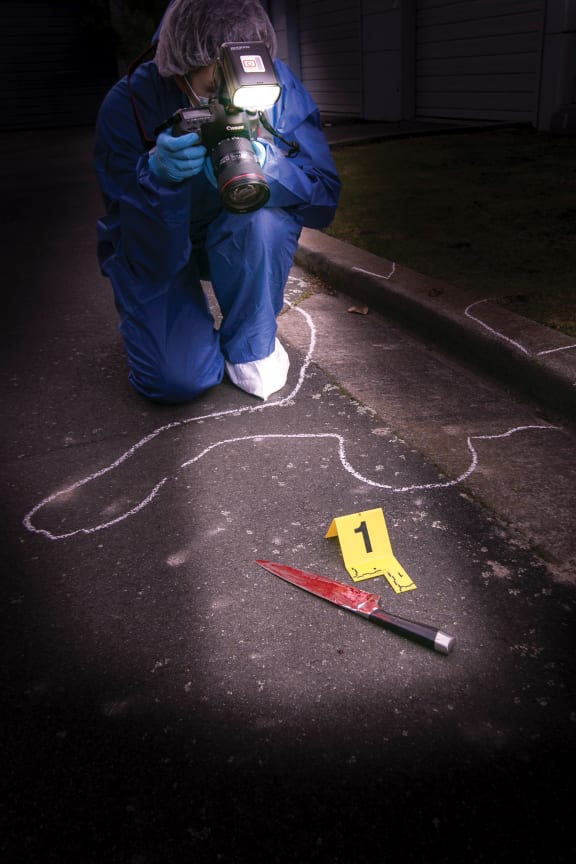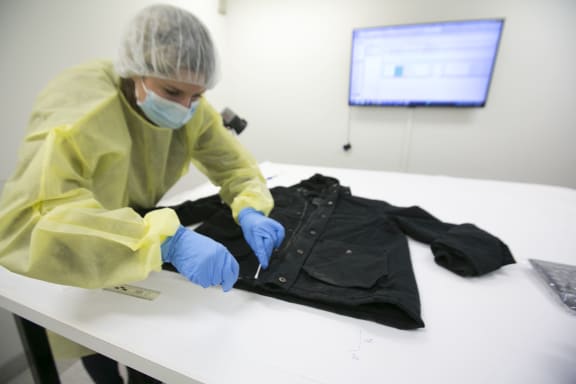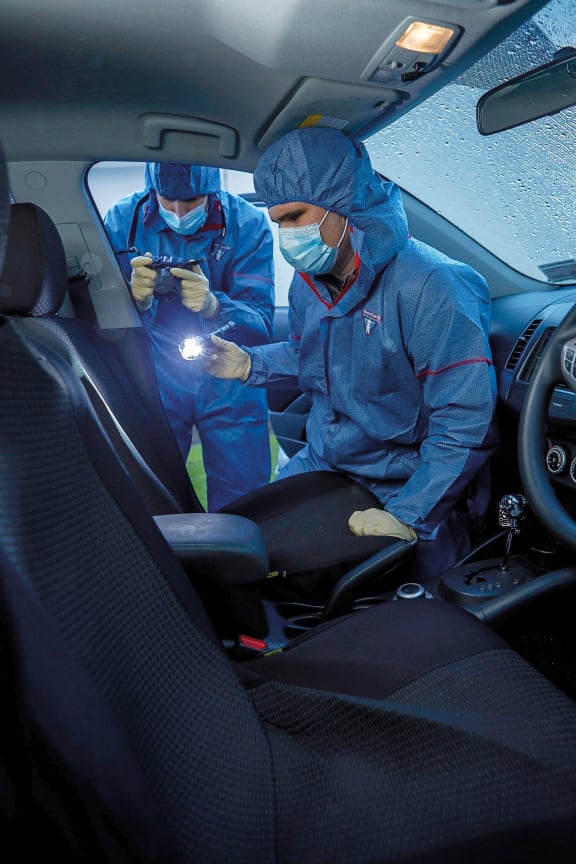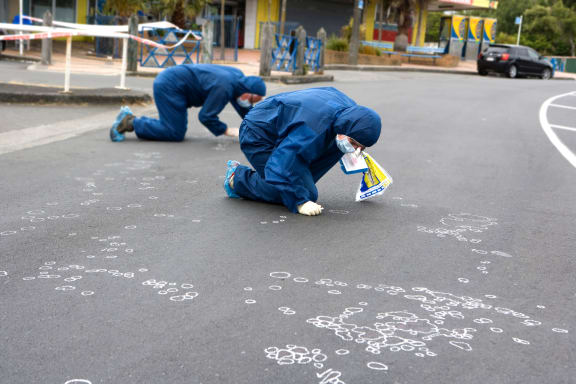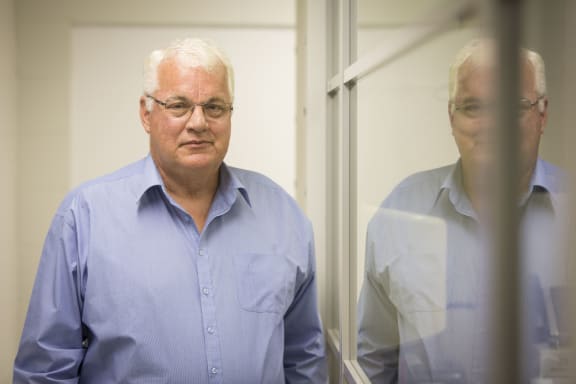Police have reopened the case of the 1984 Trades Hall bombing, hoping to use the massive advancements in science to bring the perpetrator to justice. This was the case in which the Trades Hall caretaker and unionist Ernie Abbot was killed almost instantly when he picked up the suitcase containing the bomb.
Steve Cordiner is the ESR Forensic Service Centre’s manager and he began his career as a forensic scientist at ESR the year before Ernie's death and since then there’s been impressive developments in techniques to help police solve crime - especially in DNA.
While DNA testing wasn’t even in the country when the bombing case happened, the testing method has now been advanced so far as to be “a very powerful crime solving tool”, Cordiner says.
Speaking of the equipment they had prior, it would consist of something like a plastic sewing case, some chemicals for presumptive tests for blood, a notebook, ruler and pencil. Whereas now, the ESR team’s vehicle is packed with all sorts of equipment from standard DNA testing to laser scanners, Cordiner says.
“We can actually do a scan of the crime scene. It’s like a camera but it uses a laser rather than light, and it can scan the entire crime scene.
“The advantage of having that scan is that from that scan later you can take scale measurements from it, and that way you can preserve the crime scene forever essentially.”
But obtaining a DNA profile and working in the field is not quite like how TV shows depict, he says.
“CSI, for me, it horrifies me how they carry the guns, [how] they do the interviews, they do everything. It also horrifies me how quickly they get their forensic results, and also it seems like a case that would be a once in a lifetime case for a forensic scientist can happen to them week after week.”
In fact, he says the longest part of the process is obtaining the crime scene DNA profile, and it’s only if police instruct for an urgent result that the laboratory will be able to have one ready within two to three days.
The DNA profile is built from detecting highly variable regions between individuals and then comparing that profile to others from known individuals to see if there is a link or correspondence between them.
“When I first started it required quite a large blood stain, but nowadays just very small stains of blood can give sufficient material, sufficient DNA, to obtain a profile,” Cordiner says.
“It got very sensitive in the mid ’90s when a new process was applied, DNA amplification, and that really meant that you could make copies of the DNA with a small amount of DNA from the sample, until it was sufficient enough that you could test it.
“And that opened up a whole new range of sample types that we could test, until we get to where we are today, where even what we call touch DNA samples can be tested.”
The development of DNA testing over the years has helped police to reopen and solve cold cases, he says.
He says, for example, in the case of a six-year-old, who was abducted and murdered, DNA was sent to the UK for testing in the mid to late ‘80s but it had become degraded and no profile was produced. The samples remained in storage until 2001, when DNA testing became much more sensitive and the samples were revisited where upon a DNA profile was able to be obtained.
“That profile then launched the police into a reinvestigation of the case and they brought more suspects forward and they reviewed the original suspect list and sent in reference DNA samples to be compared to that unknown profile, and that resulted in a DNA [link] to a person and a subsequent trial and that person was convicted of her murder,” Cordiner says.
“With the whole range of techniques we have, particularly the DNA ones … we have done cold cases before, [I’m] thinking in the mid ‘90s the Auckland serial rape trials, where the advances in DNA led to identifying links between crime scenes that were linked, it was the same offender, and there was a huge amount of work done in relation to those cases and that actually led to legislation that enabled the National DNA database.”
Another method used by forensics on the crime scene is called blood spatter, which is used to help show how the blood got there in the first place. In the video below, a Christchurch research scientist uses a high speed camera to record what happens when force is applied to a blood stain.
It helps show how the blood has come to form that pattern and flies through the air before being left on surfaces.
“Once you understand how the blood is formed you can recognise different patterns, you can see a pattern that might be passive drips of a person whose just bleeding from a finger … they’ll just produce blood in large droplets on the floor.
“But if then force is applied … the blood stains produced are much, much smaller and you can recognise a spatter pattern which is a group of very small blood stains radiating onto a target surface, and that’s an indication that a blow has been struck to a bleeding person.
“We might see cast off patterns, which is a line of spots which can go up a wall and across a ceiling where a weapon with blood on it has been swung through the air, and you might see several of those patterns which can give you an indication about the number of blows that have been struck.
“With the knowledge of those patterns, you can at the crime scene work through and produce a reconstruction of the events that produced those stains.”
Then there’s luminol testing, whereby a chemical agent is sprayed in a darkened room to reveal traces of blood. Cordiner says he’s seen it been used before to show where a body was dragged on the floor.
While scientists continue to look at ways to improve testing, Cordinar says he’s looking forward to the future where it may be possible to use the laser scanner to embed findings, use rapid DNA machines that may enable DNA testing on-site, 3D models of crime scenes or walkthroughs of it via virtual reality, and even perhaps looking at DNA sequencing to form a “genetic picture” of the person behind the sample.
